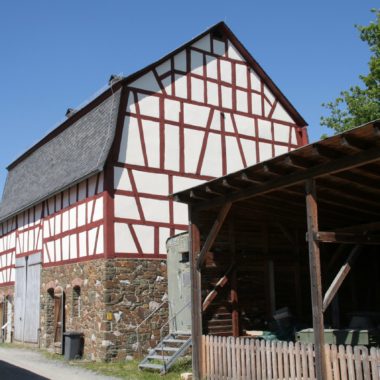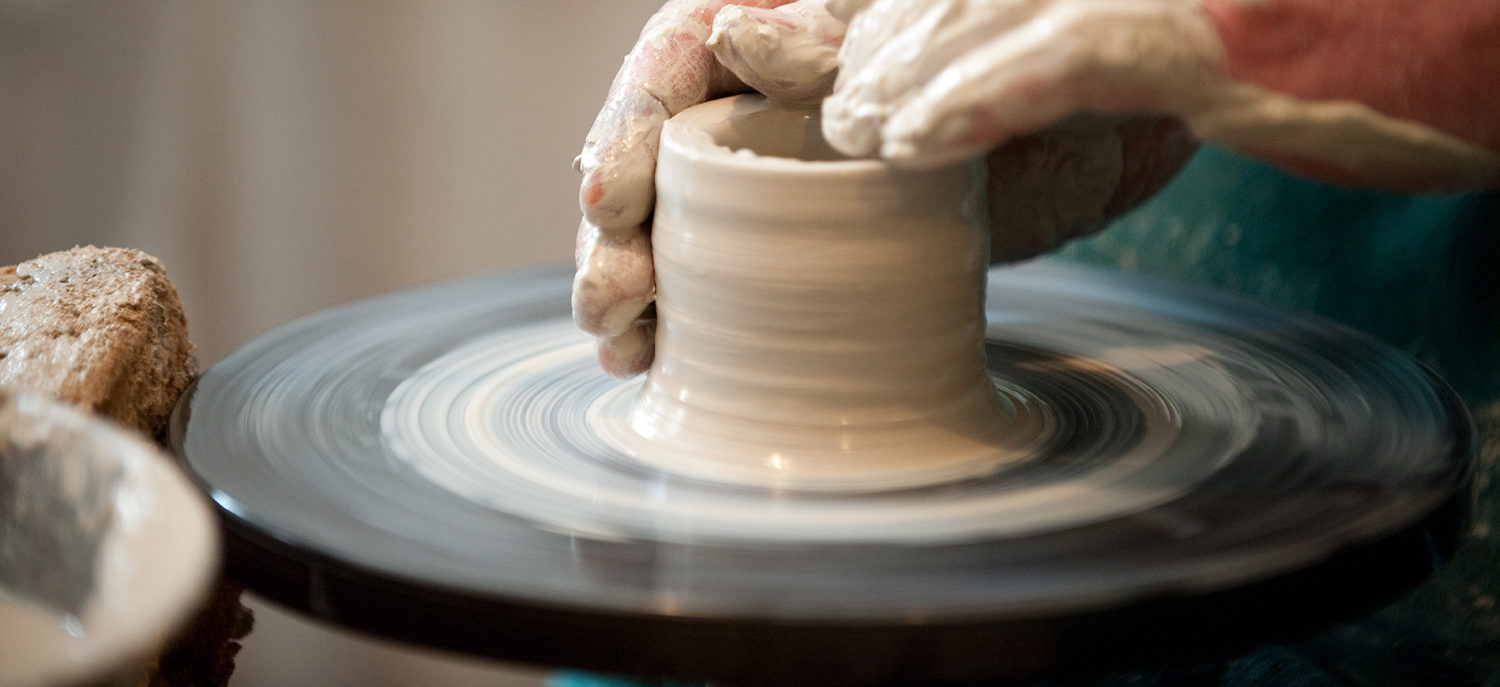
Making Pottery

Pottery was very popular in rural areas. In Hesse, there were over 300 pottery centres where crockery, drinking vessels and containers for the kitchen, home and cellar were produced – the same goes for toys. Shaping the clay on the wheel is only one aspect of this varied work; there is much to do in advance and afterwards, too.
First, the clay was mined by small country potteries from their own or leased clay pits. Depending on the season, it had to age in the heat or frost, then it was reduced to small pieces, crushed by foot or kneaded by hand. Finally, the stones were removed from the soft mass. This condition allowed the potter to work the clay; the shaped containers were then dried, glazed, sometimes decorated, and fired.
In Hesse, people often sold pottery direct from their workshops or at fairs. This arrangement was based on old guild regulations. But over time, industrially produced goods made of aluminium, glass and plastic usurped pottery wares.

Mit dem Laden der Karte akzeptieren Sie die Datenschutzerklärung von Google.
Mehr erfahren
More links





